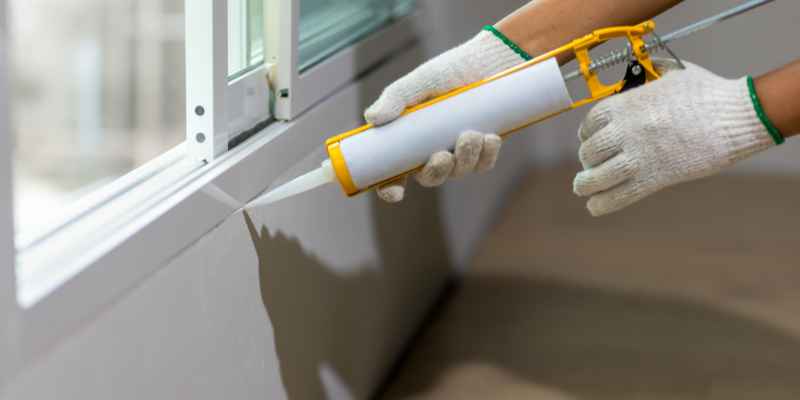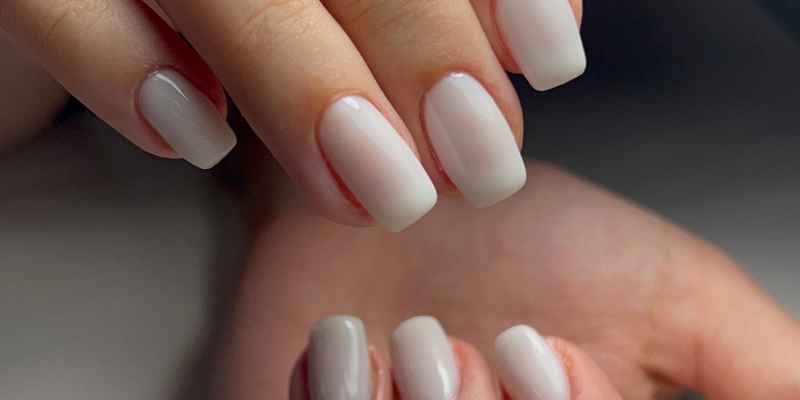When it comes to tackling home improvement projects, adhesive plays a crucial role. Whether you’re installing baseboards, tiles, or other construction materials, Liquid Nails is a popular choice. But have you ever wondered how long it takes for Liquid Nails to dry? In this article, we’ll explore exactly that.
The Drying Process of Liquid Nails
Before we dive into the drying time, it’s important to understand the drying process of Liquid Nails. Liquid Nails is a construction adhesive that typically comes in a tube or cartridge. It is designed to bond a variety of materials such as wood, drywall, and concrete.
When Liquid Nails is applied, it starts as a liquid consistency that allows for easy spreading. Over time, the adhesive undergoes a chemical reaction known as curing. During this process, the Liquid Nails transforms from a liquid to a solid state, forming a strong bond between the surfaces it’s applied to.

Drying Time for Liquid Nails
The drying time of Liquid Nails can vary depending on several factors. These factors include temperature, humidity, the type of material being bonded, and the amount of adhesive applied.
On average, Liquid Nails will dry within 24 hours. However, it’s important to note that this is just an estimate. Factors such as temperature and humidity can significantly affect the drying time. In warmer and less humid conditions, the adhesive may dry faster. Conversely, in colder and more humid conditions, the drying process may take longer.
To ensure the best results, it’s recommended to allow the Liquid Nails to dry for a minimum of 24 hours before subjecting it to any weight or stress. This will give the adhesive ample time to fully cure and create a strong bond.
Factors Affecting Drying Time
Let’s take a closer look at the factors that can impact the drying time of Liquid Nails:
| Factor | Description |
|---|---|
| Temperature | Higher temperatures generally accelerate the drying process, while lower temperatures can slow it down. |
| Humidity | High humidity levels can prolong the drying time, while low humidity speeds it up. |
| Material | The type of material being bonded can affect the drying time. Porous materials may require more drying time compared to non-porous materials. |
| Amount of adhesive | If an excessive amount of Liquid Nails is applied, it may take longer to dry. It’s important to apply an appropriate amount for optimal drying. |
Best Practices When Using Liquid Nails
To ensure the best results and achieve maximum bond strength, consider following these best practices when using Liquid Nails:
- Ensure that the surfaces to be bonded are clean and free from any dirt, dust, or debris.
- Apply the adhesive evenly, using a zigzag or S-shaped pattern for better coverage.
- Press the surfaces firmly together immediately after applying the Liquid Nails.
- Use clamps or weights to hold the surfaces in place until the adhesive has fully dried.
- Avoid subjecting the bonded surfaces to any stress or weight for at least 24 hours.
- Refer to the manufacturer’s instructions for specific guidance on the application and drying of Liquid Nails.

In Conclusion
Liquid Nails is a reliable construction adhesive that can be used for various DIY projects. While the drying time can vary, allowing the adhesive to dry for a minimum of 24 hours ensures a strong and durable bond. By understanding the factors that affect drying time and following best practices, you can achieve optimal results with Liquid Nails.


